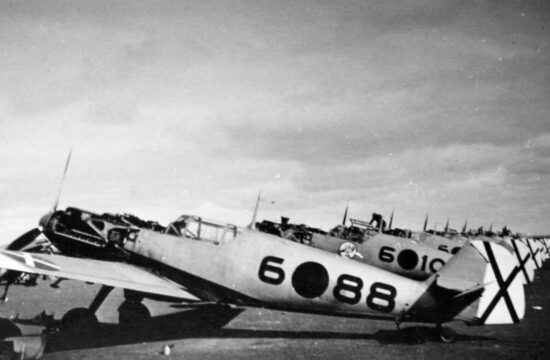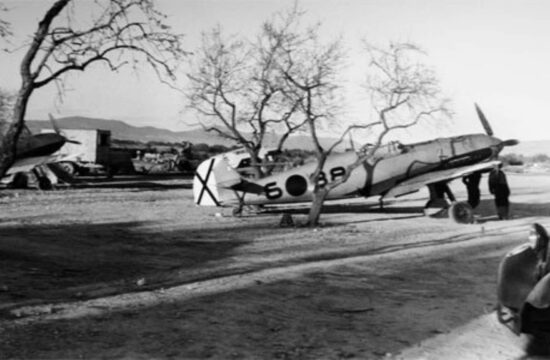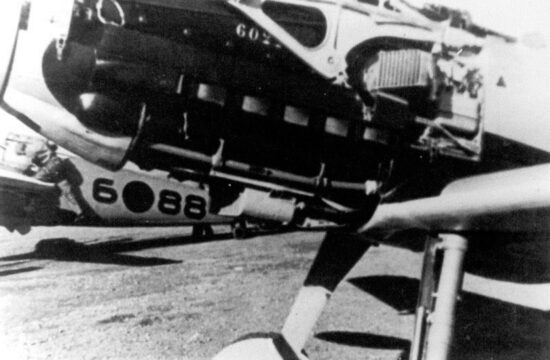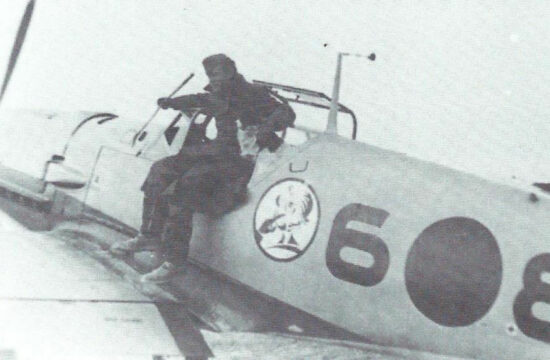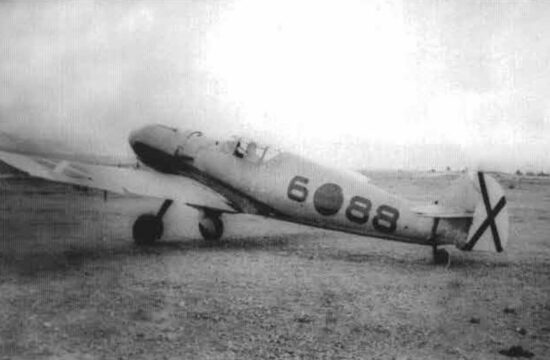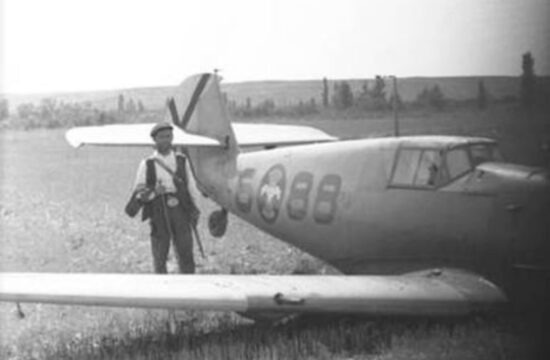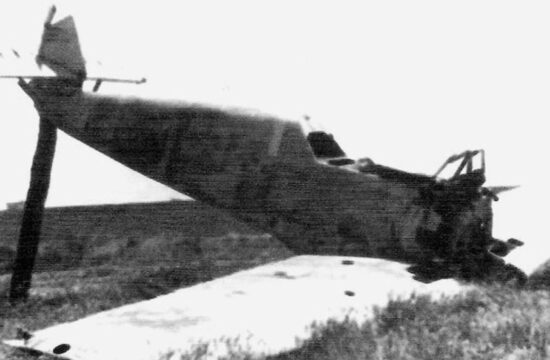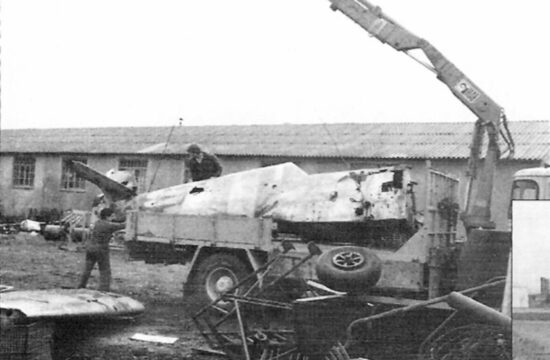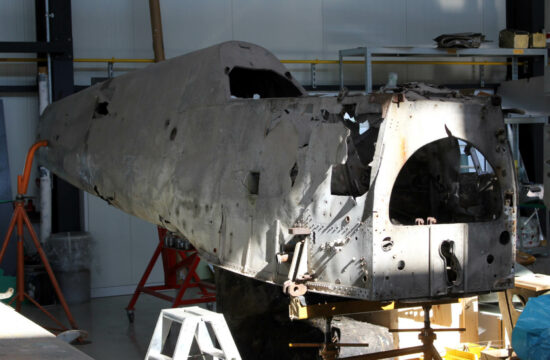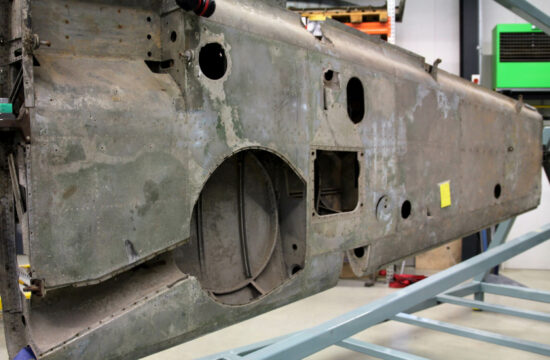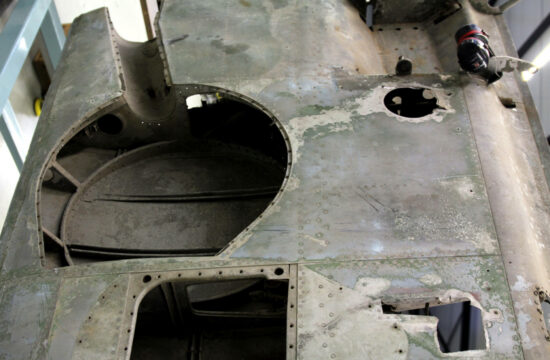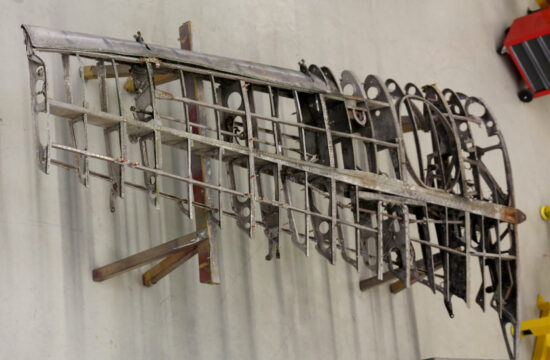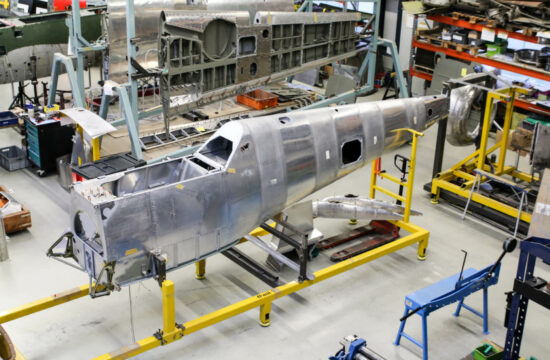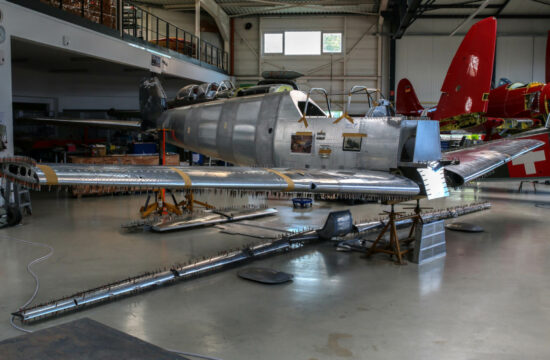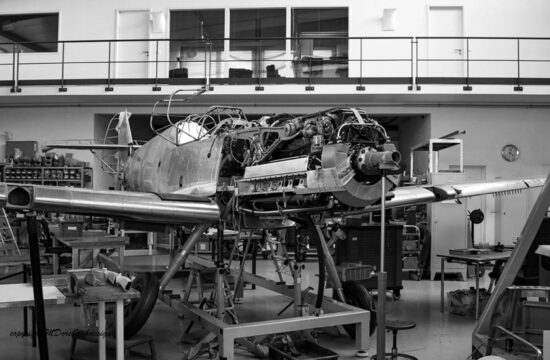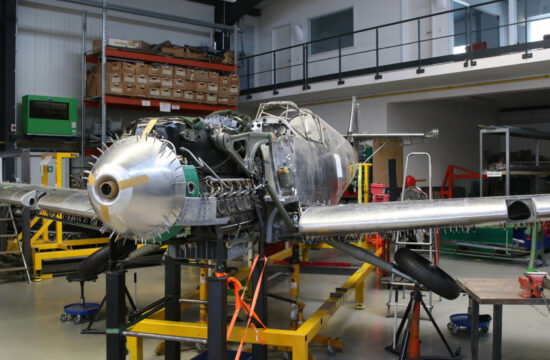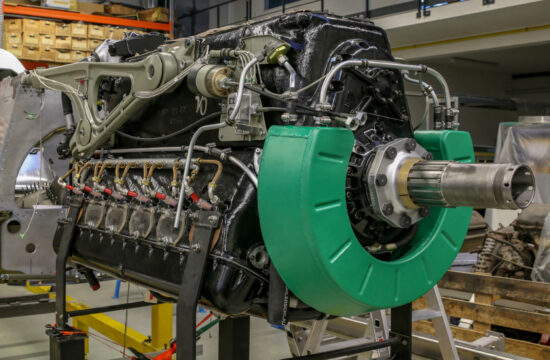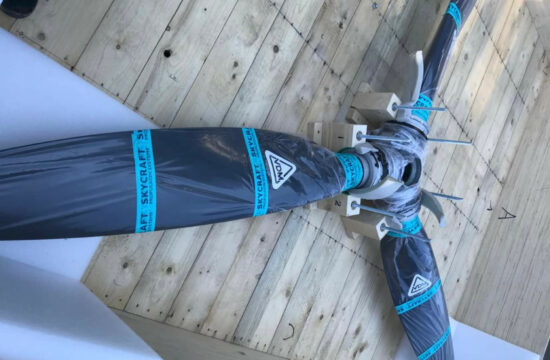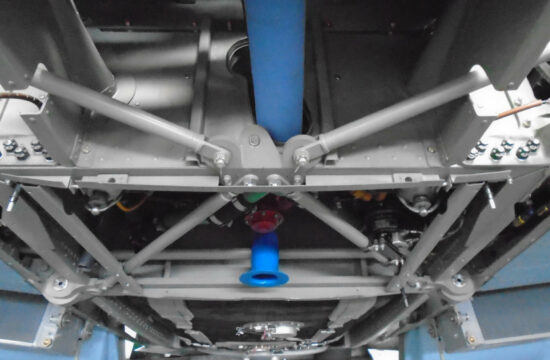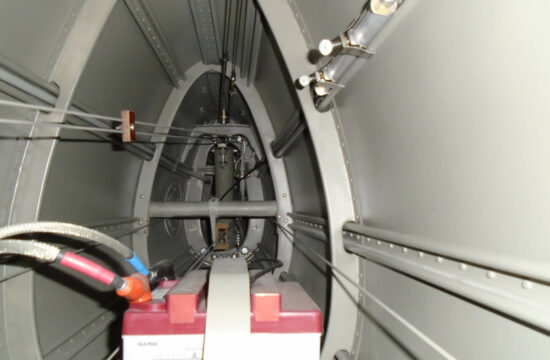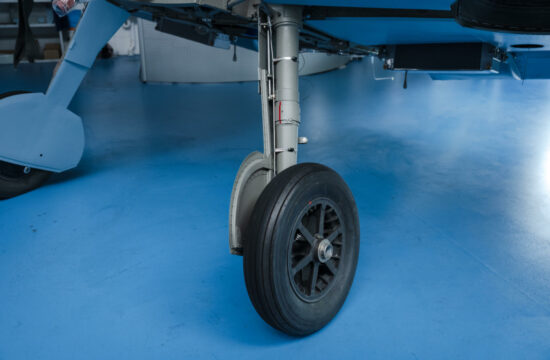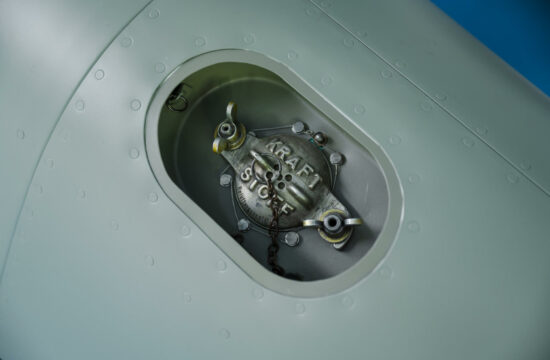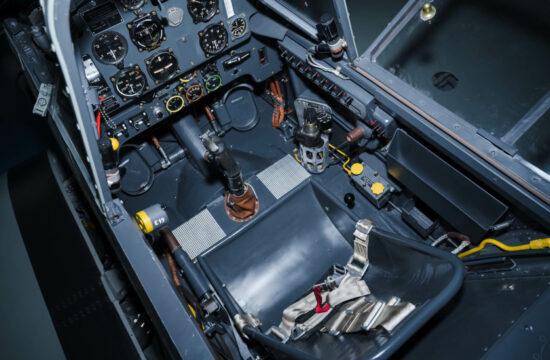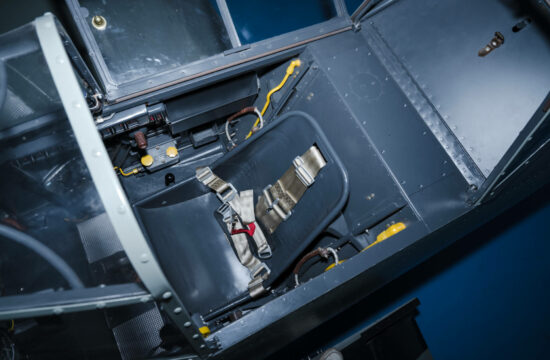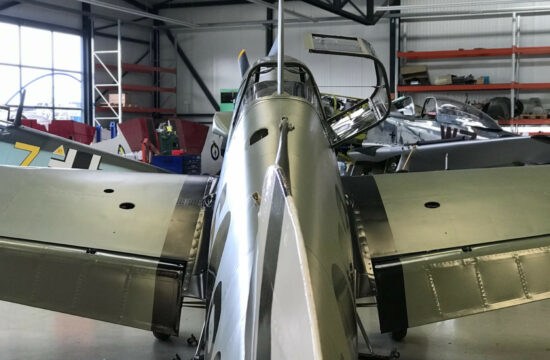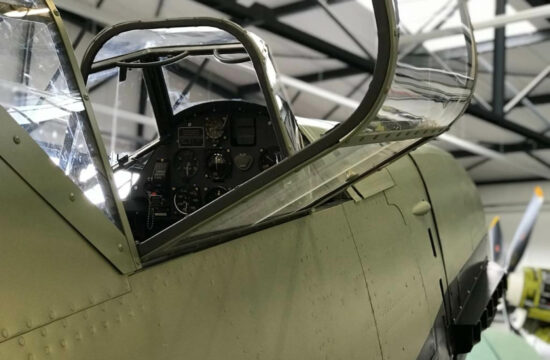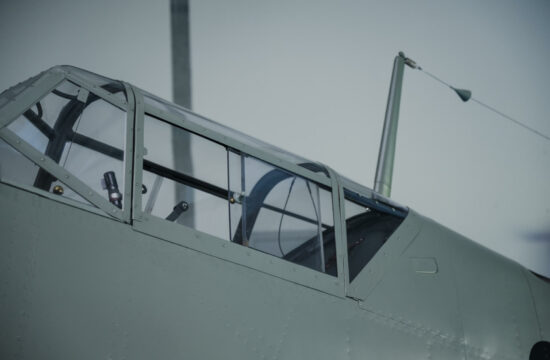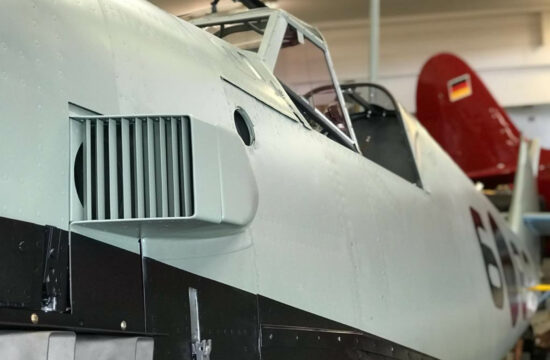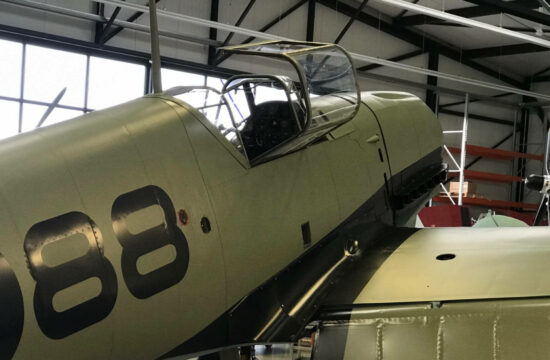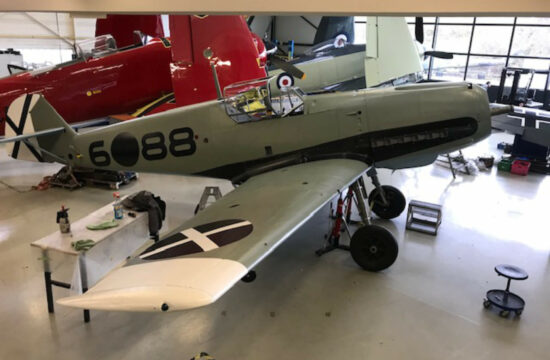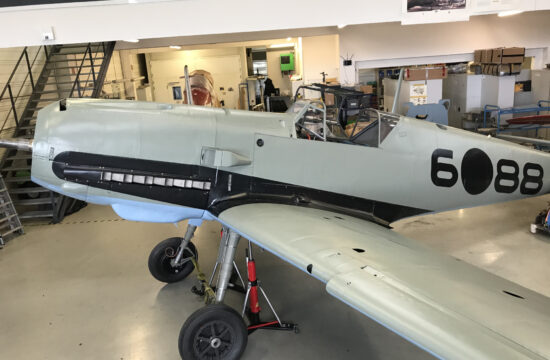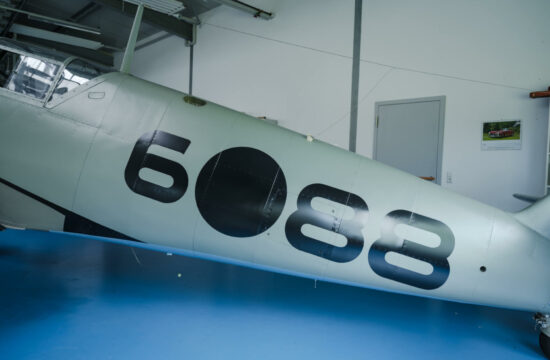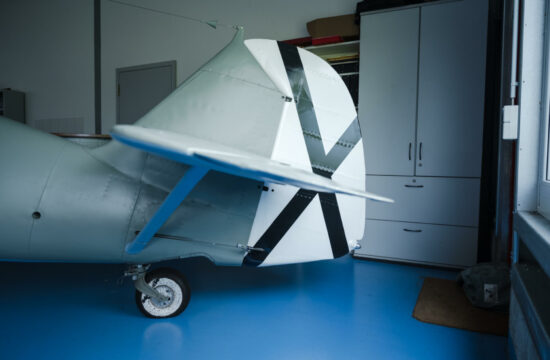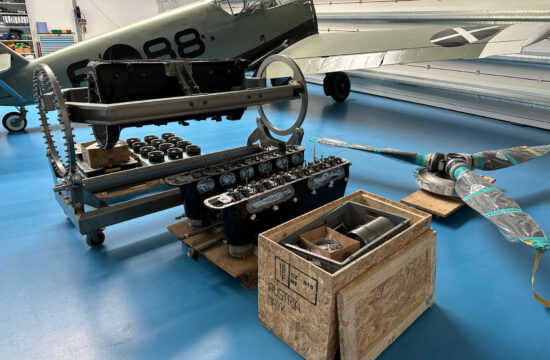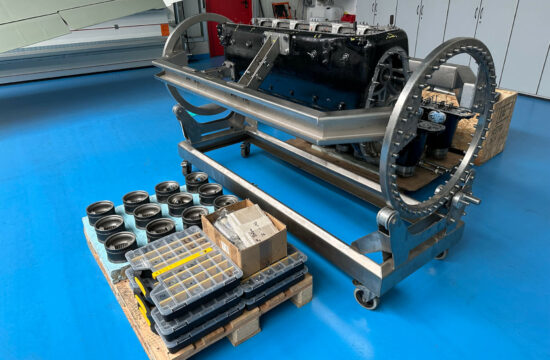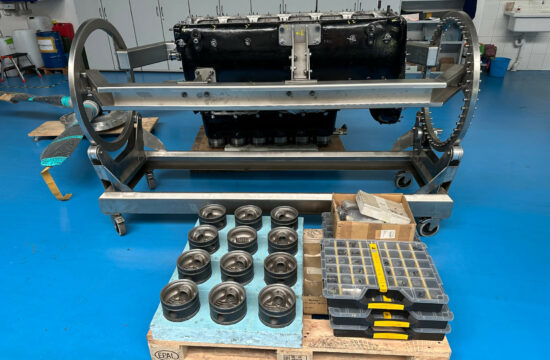s/n 6*88 Reg: D-FCON (German LBA) // US$6,000,000
s/n 6*88 Reg: D-FCON (German LBA)
US$6,000,000
1938 Messerschmitt Bf109E-1
Legion Condor Survivor “One of the First and the Last”
Aircraft FAQ
Airframe
Engine(s)
Propeller(s)
Avionics
Exterior
Interior
Location
Status
Additional Info
Introduction
Platinum Fighter Sales is extremely proud to offer For Sale, Messerschmitt BF-109E s/n 6*88, the only privately owned Bf109E that saw service with the Legion Condor during the Spanish Civil War that survives today. The only other known survivor is 6*106, currently under the care of the Deutsches Museum, Munich, Germany.
Built during 1938, 6*88 saw service with Legion Condor in Spain in 1939, then continued flying with the Spanish Air Force until 1950 when it was officially retired, In 1950 it was handed over to Franco and local pilots flew it as late as 1958, it is likely that 6*88 is the longest serving Bf109E of all 3,477 Emils built. A true Survivor with Continuing History!
The current Owner/Custodian, a British Warbird connoisseur, purchased the derelict Emil in Spain during 1981, thus making him 6*88’s custodian for approximately half of the Emil’s lifespan of 85 years. He has now made the difficult decision to part with 6*88 after 42 years of ownership.
This alignment of the planets may well present a ‘Once-in-a-lifetime’ opportunity for an astute buyer/investor to purchase such a unique artifact with extraordinary and unparalleled aviation history. Upon completion it will become the oldest flying Messerschmitt Bf109 in the world.
The Messerschmitt Bf109E has been under restoration to fly by Meier Motors in Germany for the past 13 years and the restoration is currently nearing completion. The Emil, known simply as 6*88 and with the reserved German registration of D-FCON, is being offered For Sale “As Is Where Is”, Bremgarten, Germany. The purchaser will have the option of completing the restoration to airworthy and flying standard with Meier Motors if desired.
Qualified Buyers: Please contact the Platinum Fighter Sales Team and request a detailed information package.
History By Matthias Dorst
The very first two Messerschmitt Bf109 E-1 were delivered to Spain by ship. These brand new fighters were coded 6*87 and 6*88 and served with 1.J/88 side by side with the older D-version. That squadron showed the wooden eye “Holzauge“ as insignia on the fuselage. The so called “Holzauge“ is a typical German saying for “pay attention“. The Holzauge was introduced by Hauptmann (similar to Flight Lieutenant in the RAF or captain in the USAF) Siebelt Reents who was the last Staffelkapitaen (squadron commander) of 1.J/88.
As squadron commander, Hauptmann Reents got of course the brand new Emil 6*88 as his personal aircraft. There are some interesting photographs, showing Hauptmann Reents with his E-1 6*88 awaiting the next sortie over Spain.
In 1939 the newer Bf109E-3 was delivered to Spain. The E-3 version was armed with two 20mm MG FF cannons instead of the MG17 machineguns. The aircraft were painted in pale green upper surfaces (similar to RLM62) with pale blue undersides (RLM65). Bf109´s with codes between 6*87 and 6*131 were allocated to E-series aircraft. As the conflict drew towards its eventual nationalist victory, German aircrews found themselves less involved. By the time the Emil had become common-place, the Republican Air Force had more or less been eliminated. These times gave ample opportunities for flying practice with the new fighter.
The last sortie of Messerschmitts belonging to J/88 came on 27 March when the unit escorted bombers of K/88 for a final mission against forward Republican positions. Twenty (20) of the latest Messerschmitt Bf109E fighters remained in Spain at the time of the ceasefire. They were handed over to Franco to be operated by local pilots as a neutral Spain continued operate these Messerschmitt Bf109E until as late as 1957/8.
It is reported, that the surviving Bf109 coded between 6*87 and 6*131 were handed over to the Spanish Air Force, so also 6*88. The planes were grouped at Leon and then to the 25th Group of Logrono (Pyrenean Fighter Group).
On the 24th August 1939, 6*88 suffered a forced wheels-up landing at Larraga/Navarra in Northern Spain due to running out of fuel. The pilot was Teniente José Vincente Muntadas. This incident is reported in his personal flight book. There is an interesting detail to be seen on the belly-landing pictures. The 6*88 appeared to be converted to an E-3 with the cannon-armed wing. It was quite common to upgrade older E-1 with newer wings to gain more firepower. 6*88 underwent some repair and went back to service and at the end of 1940 when the Squadron moved to Reus (Catalogna/Tarragona) with the 23rd Regiment.
After the end of the war, the Spanish Air Force still used their old Messerschmitt Bf109E besides the modern post war Hispano Aviacon Buchon fighters.
Following the documents, 6*88 suffered another forced landing due running out of fuel. This happened on the 16th of May 1950 nearby Valderobes/ Teurel. Acting pilot was Captain Vinicio Gil de Gomez, test pilot based at Lograno. He escaped with minor injuries.
An official application to withdraw 6*88 from service was made on the 19th of September 1950 and the fighter was officially withdrawn from service in October 1950 and stored at a maintenance facility of the Spanish Air Force at Leon. It’s said that a technical officer did some repair on that withdrawn aircraft and brought the fighter back to airworthy condition. That officer was quite common with the Emil, he had previously flown this type of aircraft and its also said that he flew 6*88 as late as 1957/58.
Following the eyewitness reports, 6*88 was the last airworthy Bf109 in Spain – the first and the last!
On the 3rd of June 1965 “Canario Azaola” (Luis-Ignacio Azaola), who is one of the Spain’s leading historic aviation journalists, was participating in the “Tour of Spain Rally” in a Cessna 172 at the time and was on the leg from Pamplona landing at Leon when he noticed the remains of the Bf109 across the Leon airfield, so he went over to take photos. This photograph appears in the Gallery of images.
The remains were eventually sold at a scrap auction at Leon in 1981 and 6*88 was shipped to Great Britain where it has been under the same ownership for the past 42 years.
Restoration By Meier Motors
Restoration of Bf109E 6*88 is progressing well with Meier Motors of Bremgarten, south-west Germany, for a long-time British Warbird connoisseur. The Meier Motors team commenced the restoration in 2012 and have meticulously completed the rebuild of the airframe. They temporarily installed the Daimler-Benz DB601 engine, which arrived back at Bremgarten after being overhauled by Mike Nixon of Vintage V12s during 2017. More recently, the VDM propeller was overhauled by Skycraft, UK and returned to Meier during 2022. More recent work includes installation of the hydraulic and electrical systems, and the sheet metal workers at Meier have now finished reconstructing the upper and lower engine cowlings, with reference to original plans. After completion and fitting of the cowling, the DB601 has been removed from the airframe for further up-grades and modification.
At the beginning of the restoration, all parts were inspected, categorised and catalogued, new jigs for the fuselage and wings were built in the Meier workshop following original plans and works regulations, allowing the team to dismantle and then rebuild the whole aircraft step by step without destroying its historical substance.
After being completely dismantled, the wings were found to be in very good condition. A surprising amount of original material could be re-used, although all the skins are new. The wings were restored to the configuration in which they were found, in E-3 specification with 20mm cannon. Like the wings, the fuselage was also completely dismantled and found to be in fair condition. A good number of re-usable parts were included in the rebuild which also included new skins.
Researching the authentic color scheme has been another important task. The team at Meier Motors found some small spots with the original paint under the rudder-post fairing, and went to the Deutsches Museum near Munich, where the only other surviving Legion Condor Bf 109E, 6-106, is on show. Paint specialists took small scratches from the original paint — which is to be found under a Luftwaffe scheme in which the machine was painted after presentation to the museum by the Spanish in 1959, and after further research using cutting-edge technology the team has finished 6*88 in a highly authentic period scheme.
Designed and Built by Germans, Flown and Maintained by Germans, Restored and Rebuilt by Germans.
Inspections are strictly by appointment only with one of the Platinum Fighter Sales Team.
Sales may be subject to local Sales Tax / V.A.T. / G.S.T.
Aircraft maybe subject to prior sale, lease, and/or removal from the market without prior notice.
Specifications subject to verification upon inspection.
Photography By: Robs Lamplough Collection, Meier Motors and Matthias Dorst
Inquire Now
Like what you see? Fill out our convenient form today!

